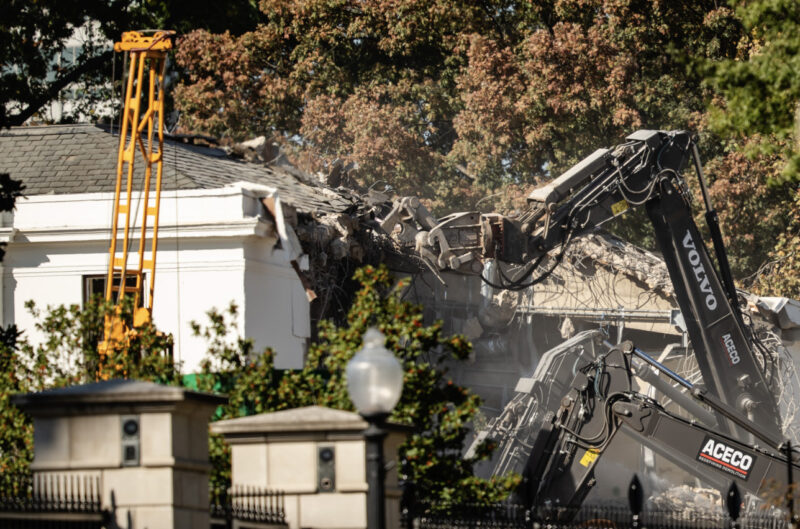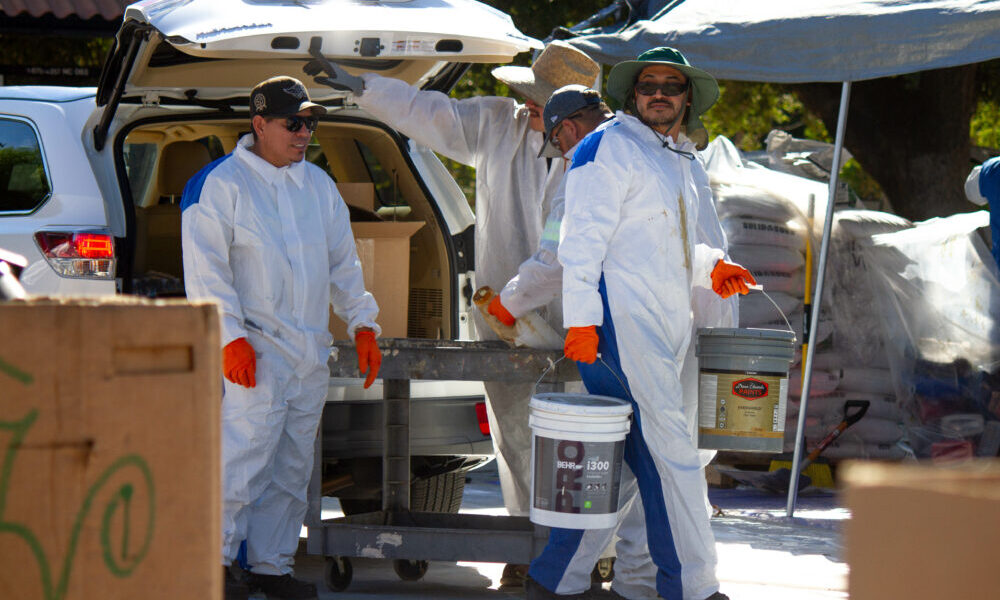UPDATE: The White House has just released a comprehensive list of private donors contributing to the new $300 million ballroom being built on its grounds, signaling a major step in this high-profile project. Announced on July 31, 2023, construction is already underway, with significant developments occurring just days ago.
This project aims to create a 90,000-square-foot ballroom that will enhance the White House’s ability to host major events. President Donald Trump has emphasized that taxpayer funds will not be used, with financing coming from private donors.
Among the major contributors are tech giants like Amazon, Apple, and Google, alongside notable corporations such as Lockheed Martin and Meta Platforms. The full list includes over 40 donors, showcasing extensive support from various sectors.
During the announcement, White House Press Secretary Karoline Leavitt highlighted the longstanding need for a larger event space, stating that past presidents have faced challenges when hosting important international functions due to limited facilities. Currently, events often require setting up large tents away from the main building, which is not ideal for state visits.
About $22 million has already been allocated for this project from a settlement reached in a 2021 lawsuit involving Trump and YouTube, a subsidiary of Google. The ballroom will connect to the East Wing, which dates back to 1902. While initial plans included minimal demolition, President Trump indicated on October 22, 2023, that a more extensive renovation of the East Wing is necessary, declaring that “a tremendous amount of study” led to this conclusion.
The White House commenced demolition on October 23, 2023, and plans will be submitted to the National Capital Planning Commission at a later date. There are questions regarding jurisdiction based on the National Historic Preservation Act of 1966, but exemptions for the White House grounds enable the project to proceed without delay.
Leavitt responded to concerns about the demolition and the timeline for submitting plans, asserting that a submission is legally required only for vertical construction, not for demolition. She stated, “Any president can do such things to the White House grounds,” and expressed gratitude for modifications made by previous administrations.
The ballroom is poised to become a significant venue for future state events and parties, and Leavitt assured that it would be “more beautiful and modern than ever before.” The project is not just a structural enhancement but also a reflection of the evolving needs of the White House in hosting dignitaries and global leaders.
As the construction progresses, public interest will likely grow, particularly regarding how this new space will transform the dynamics of state hosting in Washington, D.C. The upcoming months will be crucial as further details emerge and the ballroom takes shape.
Stay tuned for more updates on this developing story as the White House continues to reshape its iconic grounds.



